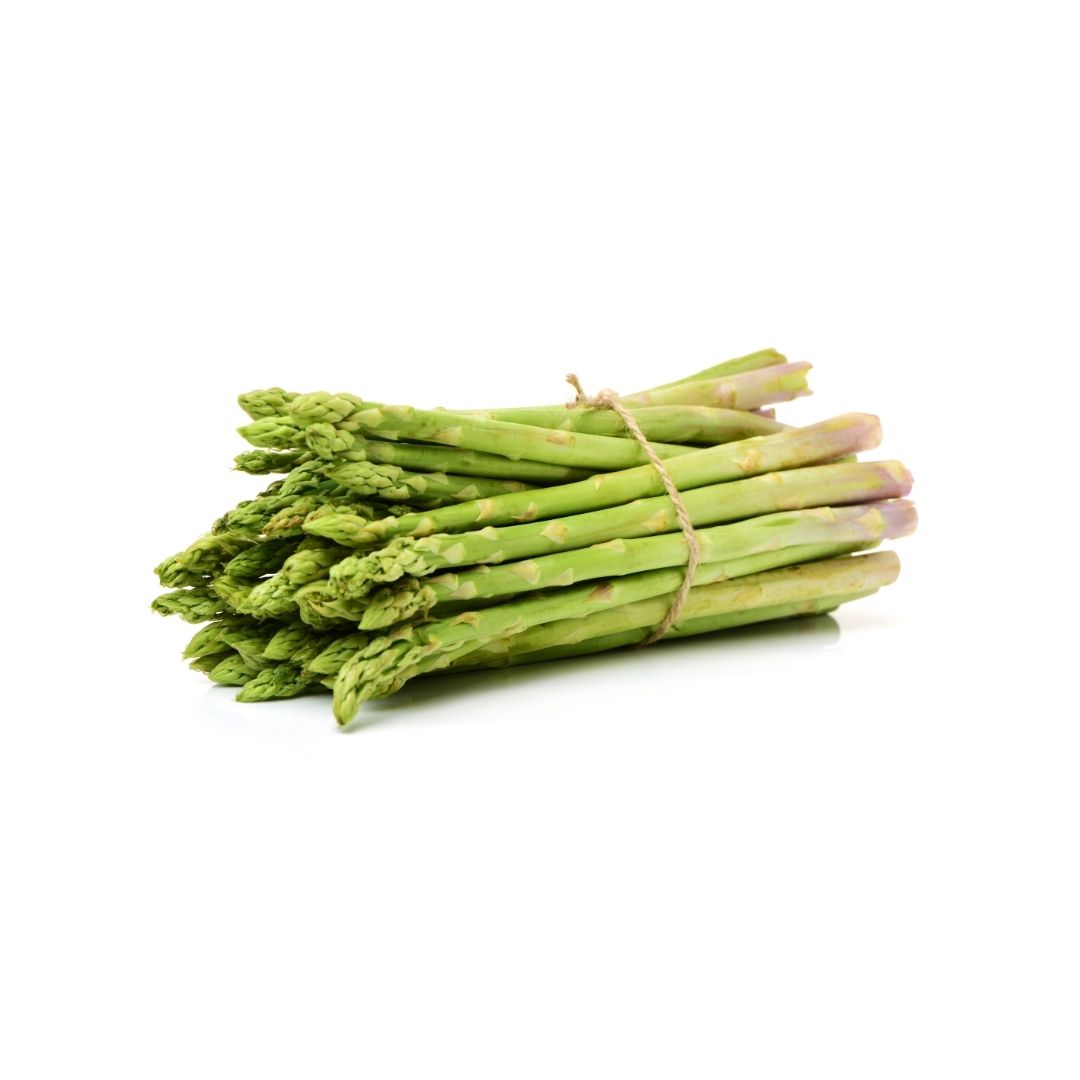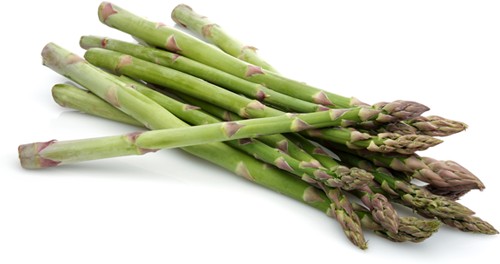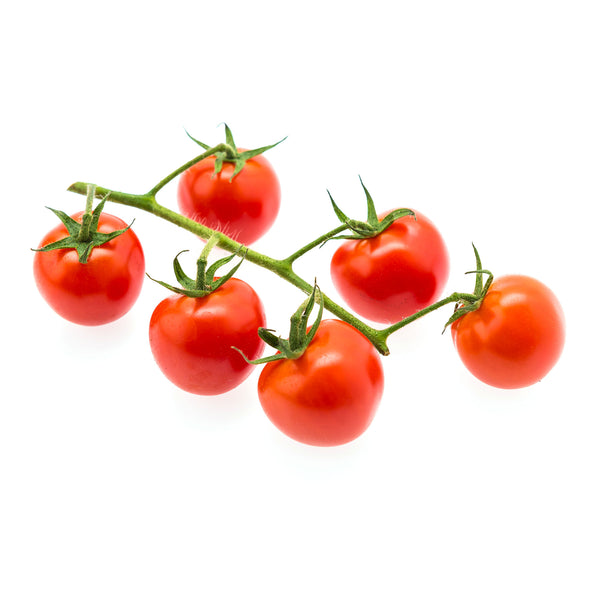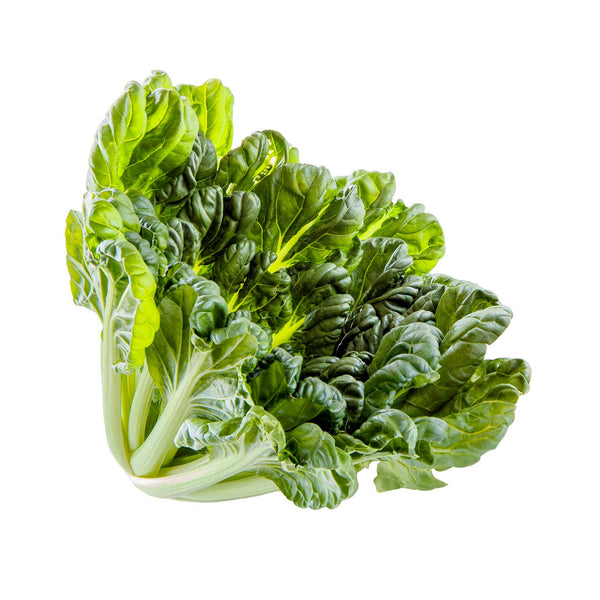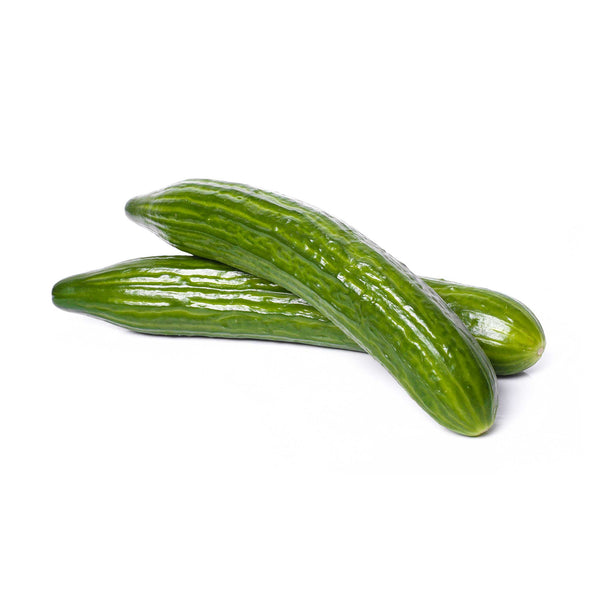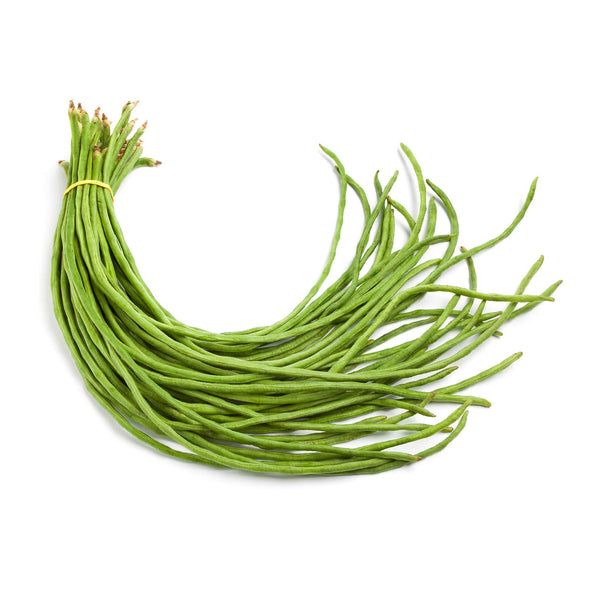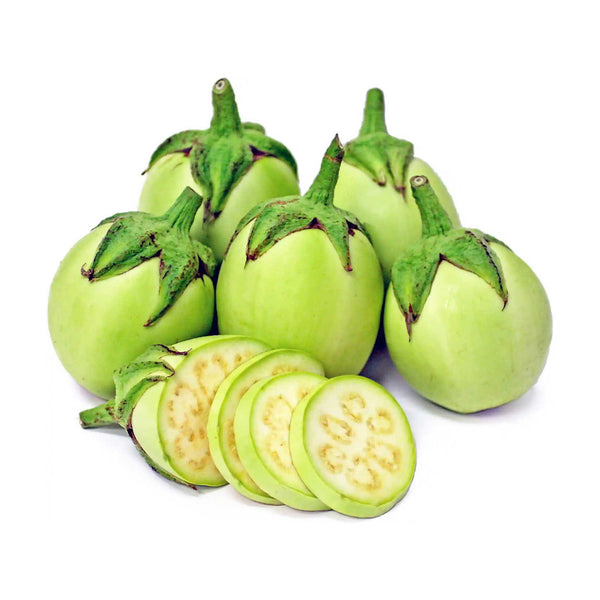Asparagus Imported UC 157 Seeds
Rs. 80.00
Rs. 72.00
This asparagus variety is the Mary Washington heirloom variety.
Pack contains 20 seeds with 98% Physical purity.
For More information on Growing Asparagus
--
This open-pollinated variety will reproduce from female flowers in your growing bed making more plants over the years.A high yielding plant which is easy grow and produces multiple spears during its peak growing time. The spears require regular picking to encourage and increase more growth. Ten asparagus plants should be sufficient to supply an average family, and well-cared-for plants will go on producing for at least twenty years.
Asparagus is low in calories and is very low in sodium. It is a good source of vitamin B6, calcium, magnesium and zinc, and a very good source of dietary fiber, protein, vitamin A, vitamin C, vitamin E, vitamin K, thiamin, riboflavin, rutin, niacin, folic acid, iron, phosphorus, potassium, copper, manganese and selenium, as well as chromium, a trace mineral that enhances the ability of insulin to transport glucose from the bloodstream into cells. The amino acid asparagine gets its name from asparagus, as the asparagus plant is rich in this compound.
For More information on Growing Asparagus
Asparagus
(Botanical Name: Asparagus Officinalis) Belong to family Liliaceae.
Plant morphology: (Get to know your plant): Asparagus is a herbaceous perennial plant (15-25years) Asparagus have a spreading roots with much branched and feathery foliage. Asparagus plant grow for its young shoots or spears, which are eaten as a vegetable. Asparagus plant produce both male and female plants(Dioecious). For more yield male plants are prefered, female plants take more time to complete life cycle and use more energy for production of berries, seeds and self sown seedlings than male plants. Asparagus is a tall plant produce scale like leaves emerging from rhizomes and has stout stem, plant will mature in 2 years.
Soil and Climatic requirement:
For better germination of asparagus seeds required 10 - 25 degree Celsius temperature. Require moist, well drained sandy soil for cultivation of asparagus. Asparagus can grow in acidic soil. The ideal PH is 6.0-6.7
Seed Info: viability of seed is 2 years, at least 75% of seeds will germinate.
Sunlight Exposure: Full Sun light
Germination Duration: 2 - 9 weeks (Depends on soil temperature)
Planting and its care:
Asparagus can grow it from seeds and also from crowns. Soak seeds for 2-3 hours and sow the seeds 1 cm depth. Transplant seedlings/crowns in 8-10 inches depth beds. he best way to plant asparagus is using crown. I.e 1 year old crowns. Avoid 2 year old crowns. 1.5-2’’ layer of compost as to top up and then fill with loose rich fertile soil. Gradually cover them with more soil as the shoots emerge. Leave 8-16’’ spacing Between the Plants and 30’’-40’’ between the row.
Irrigation/Watering: Asparagus plant required watering at least weekly once.
Fertilizer application: Once in every 3 months feed them with rich fertilizer.
Harvest: Pick 2 or 3 of thickest spears from each crown not more than 3 per crown and let grow others. Harvest second year onwords, first year let the spears fern out from soil.
from third year harvest all spears and from fourth year plant is fully established so you can harvest more or less 8 spears. Stop harvesting , when spears are not thick as pencil. During Summer plant goes into dormancy.
Pest Infestation:
-
Asparagus Beetles:
Nature of damage: Adult beetles attack spears. Chewed spear tips, brown stain and bleached ferns.
Management:
-
Handpick beetles from plant
-
Remove and destroy any asparagus berries from the plant
-
Remove the mulch from the plant during rainy season to remove overwintering larvae.
Diseases Infestation
-
Asparagus rust:
Symptoms: Orange pustules on spears and ferns; Yellowing ferns and dieback
Management:
-
Avoid over or under watering.
-
Prevalent in high humidity.
-
Remove damage plant
-
Dust infested fern with sulphur
-
Asparagus fusarium wilt :
Symptoms:Red/brown discolouration, weak and spindly spear.
Management:
-
Plant diseases free variety.
-
Minimize the stress to plant by following good nutrient application and watering practice
-
Stop harvesting when productivity falls to 70%
-
Plant asparagus which is tolerant in nature and drought resistant.
Companion Plant: Tomatoes, peppers, oregano, parsley, sage, thyme, basil, asters, dill, cilantro, nasturtiums and marigolds. Asparagus repels nematodes that attack tomatoes, and tomatoes repel asparagus beetles.

